About two months ago, I started to share some of the activities that I do with my 2-year-old Vishnu, on my Insta Stories on Instagram. I have received a ton of great feedback and so many questions so I thought I would take the time to write a detailed post about the types of activities that I implement in Vishnu’s daily schedule and why they are important. Please keep in mind that I am not a teacher or an expert of any sort. I am simply sharing my knowledge based on what I have learned through my own research and what I have done with Akshaya and Udayan and what I currently do with Vishnu. If there are any teachers or educators reading this, please feel to weigh in with your thoughts in the comments below.
Akshaya and Udayan do not watch television or use their Tablets on weekdays. Much like my other two children, Vishnu has very limited screen time as well. I prefer that my children use the time instead to play alone as well as together so that they can stretch their imagination and develop their own ideas, and thoughts based on their own first-hand experiences than that of what is shown on television. Because of this rule in our household, there is a lot of free time to play.
Given that children learn through play, it is important to encourage children to play by providing interesting things/toys that promote learning. Although solitary play is important, playing with your baby/toddler allows them to learn through observing and imitating you. Most of the time Vishnu and I play together so that I can ask him lots of questions and help him with certain tasks before he gets frustrated and gives up. I also like to purchase toys and set up activities that can help build and develop certain skills. I definitely do not go through all the activities that I am going to share, with Vishnu on a daily basis. Instead, I aim to expose Vishnu to at least one activity from each of the following five categories per day:
- Sensory play
- Motor play – activities that develop motor skills
- Creative play
- Pretend play
- Cooperative play
Note that some activities may fall in more than one category.
Sensory Play
When we think of sensory play, we immediately think of activities which involve the sense of touch but in actuality, sensory play is any type of play which stimulates any one of the senses, including the sense of motion and balance. Sensory activities allow children to examine, explore and make sense of the world around them. Babies and toddlers are especially designed to explore the world through their senses, which is why they are quick to put everything in their mouths or why they repeatedly spin around in circles until they fall down. Since sensory exploration has a vital role in a child’s development of language, fine and gross motor skills (needed to write, button buttons, jump, climb), cognitive skills (needed to form connections and logical conclusions) and more, it is beneficial to provide your children with lots of opportunity for sensory play.
Here are some activities that I do with Vishnu and have done with Akshaya and Udayan when they were toddlers, categorized by sense:
Touch
- Reading or looking through Touch and Feel books
- Squeezing, squishing, rolling, cutting Play-doh
- Finger painting
- Making handprints and footprints with paint/water/shaving cream
- Playing with soap foam/bubbles in the bath
- Playing with small toys such as cars, animal figures, tiny dinosaurs, etc. in a shallow bin with a material such as dry pasta, rice, wet flour, lentils, etc.
- Sticking pom-poms onto a piece of paper with glue
- Playing with ice cubes in a bit of warm water (helps differentiate between hot and cold; temperature)
Sight
- Mixing primary colour paints (can use the paint to finger-paint)
- Mixing primary colours in large Zip-loc bags
- Sorting pom-poms into groups by colour (can add a tong as child grows to grab the pom-poms)
- Painting with coloured ice cubes
- Looking at items through a magnifying glass or binoculars
Smell
- Painting with different flavoured tea bags
- Painting with diluted baking extracts such as vanilla, lemon, almond, etc.
- Painting with ground spices mixed in water (cinnamon, turmeric, ginger, paprika)
- Smelling herbs as child helps water them
Hearing
- The classic, banging on pots and pans (or containers made with different materials)
- Playing with a musical toy instrument such as a xylophone, drum
- Playing with the Baby Einstein Baby Neptune Orchestra which exposes children to classical musical through melodies taken from classical masterpieces
- Playing with the LeapFrog Letter Factory toy which teaches letters and letter sounds through song
- Doing puzzles with sound (Melissa and Doug)
- Reading books with sounds, for example Polar Bear, Polar Bear, What Do You Hear? by Eric Carle
Taste:
- Tasting ingredients as muffins or banana bread is being prepared
- Making applesauce or smoothies
- Eating snacks from a muffin tray
Motion and Balance:
- Listening and following along to songs with instructions (The Hokey Pokey, Head and Shoulders, Knees and Toes, etc.)
- Swinging on the swings at the park
- Playing on a mat – Basic yoga, jumping over a soft toy, rolling
- Putting lotion of their body (also teaches kids where body parts are located in relation to one another)
Motor Play
Motor play includes play that strengthens both gross and fine motor skills. Gross motor skills refers to skills that utilize the large muscles in the body needed for head control, trunk stability, walking, climbing, jumping, and more. The more that children are exposed to outdoor play activities, the better their gross motor skills will be. Fine motor skills refers to skills which require small muscles, precision, and hand-eye coordination such as writing, fastening buttons, brushing your teeth, etc.
Activities that strengthen Gross Motor Skills:
- Kicking a ball outdoors
- Raking leaves or shovelling snow for fun
- Pretend play indoors (can you hop like a rabbit? can you jump like a kangaroo?)
- Chasing/popping bubbles as you blow them
- Playing with a helium balloon indoors by trying to keep it afloat
- Going down a slide
- Climbing stairs
- Dancing to music
Activities that strengthen Fine Motor Skills:
- Drawing with a crayon
- Finger painting
- Painting with a paintbrush/popsicle stick/sponge/spoon
- Cutting with safety scissors
- Puzzles
- Turning pages of a book while reading
- Playing with Play-doh
- Stringing beads or pasta
- Soaking then squeezing water out of a sponge
- Pouring water in and out of measuring cups/containers
- Blowing bubbles
Creative Play
I term this group of activities creative play, because I encourage my children to use building materials and art materials to express themselves creatively. These activities can also help children understand cause-and-effect relationships and patterns.
- building or arranging blocks
- drawing, colouring, or painting
- simple crafts
- playing with Play-Doh
- playing with musical instruments
Pretend Play
Pretend play is vital for developing creativity and imagination. Children naturally pretend-play by assuming the roles of adults such that of a parent, doctor, cook, etc. giving them the opportunity to re-enact situations and mimic words and body language that they have observed. Pretend play can be a lot of fun and keep your child engaged for good lengths of time when toys such as dolls, a play kitchen, doctor’s bag, or costumes are available.
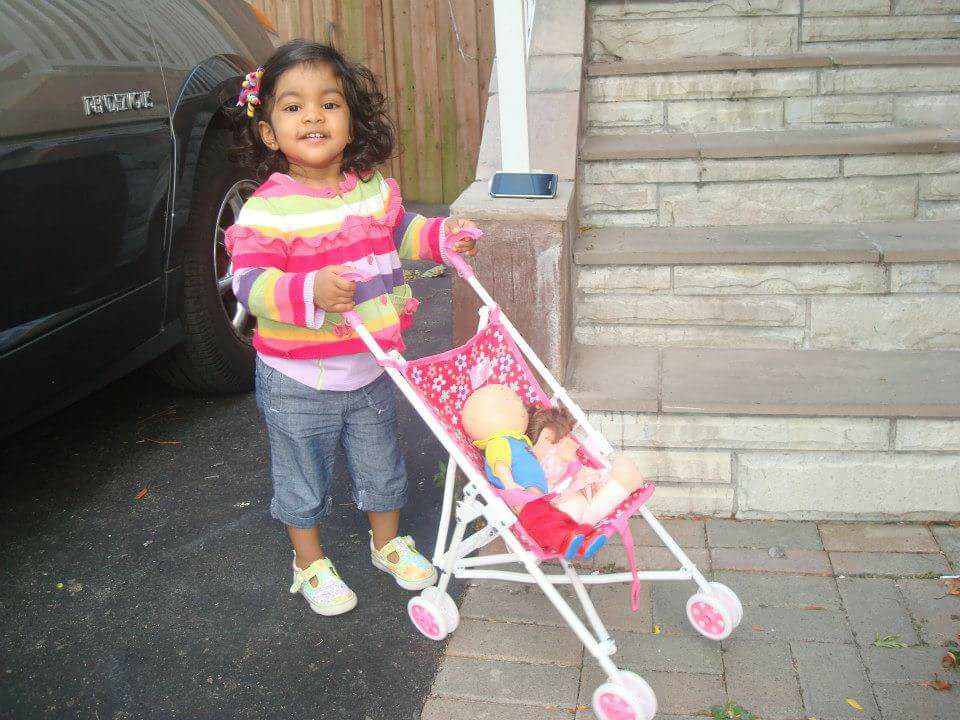 Usually Vishnu plays pretend on his own while checking in with me here and there. This is one activity that I do not structure and guide him in because it would take away from Vishnu utilizing his own imagination. Currently Vishnu assumes the role of parent as he takes care of his baby doll, cooks in his play kitchen, and plays doctor.
Usually Vishnu plays pretend on his own while checking in with me here and there. This is one activity that I do not structure and guide him in because it would take away from Vishnu utilizing his own imagination. Currently Vishnu assumes the role of parent as he takes care of his baby doll, cooks in his play kitchen, and plays doctor.
Cooperative Play
Cooperative play allows children the opportunity to learn the importance of sharing, taking turns, being fair, and following rules. It is also give children the opportunity to interact with children their age and build social skills. That being said most toddlers do not actively play with other children their age until the late pre-school years. Instead toddlers like to observe other children play or play on their own beside another child. Right now Vishnu is too young to actively and fairly play with his older siblings however once the older children come home from school they all play in the same space, often interacting with one another. Taking your toddler to an Early Years Centre, daycare, Montessori, children’s programs at the local library, or a park will allow them the chance to improve their social skills as they interact and communicate with children of their own age.
These five types of play integrated into your toddler’s day, will support his or her emotional, physical, and intellectual development as they develop and strengthen motor skills, master new skills, learn to socialize, solve problems, and have fun as an emotional outlet.
If this post was helpful, or if you have a question or something to add, please leave me a comment below!

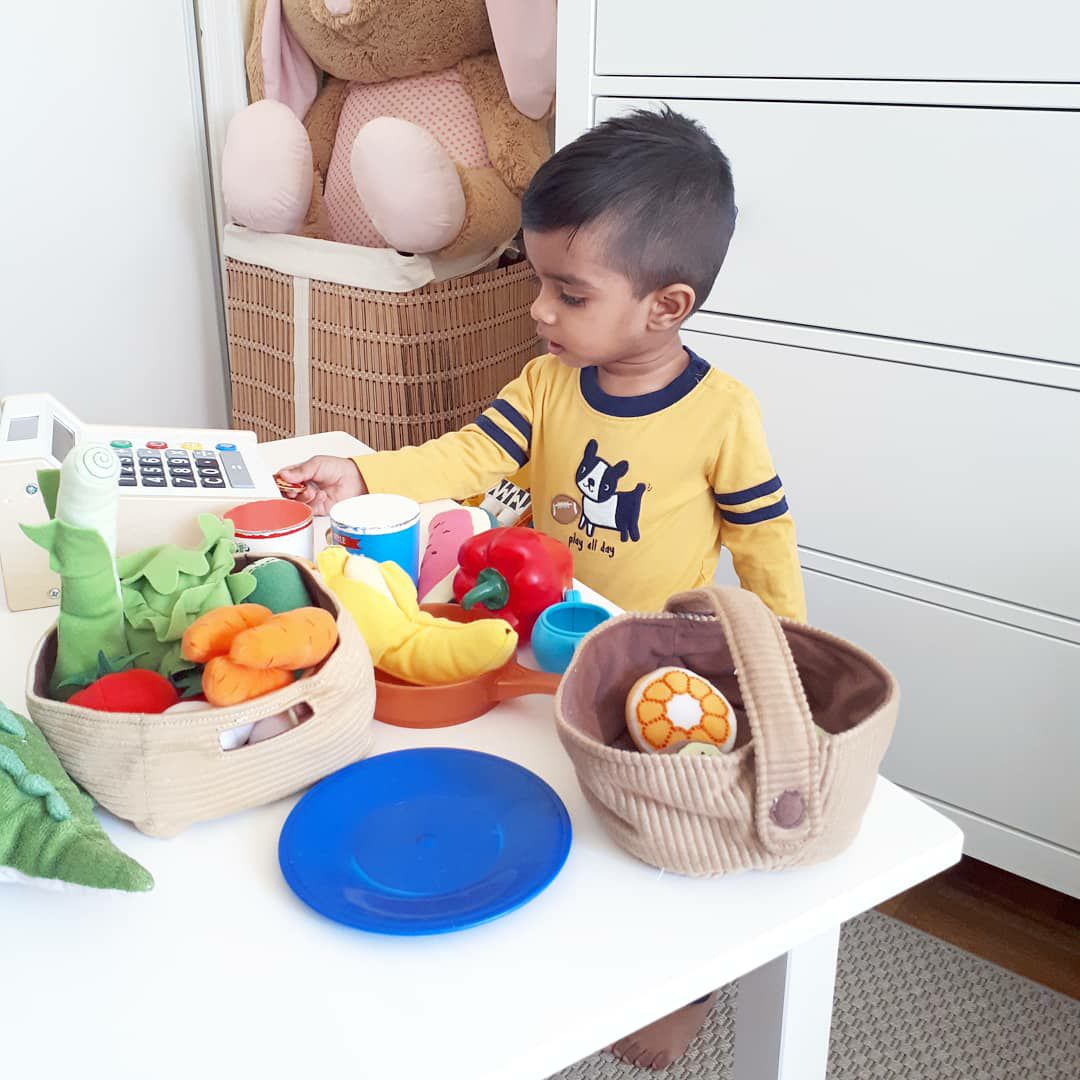
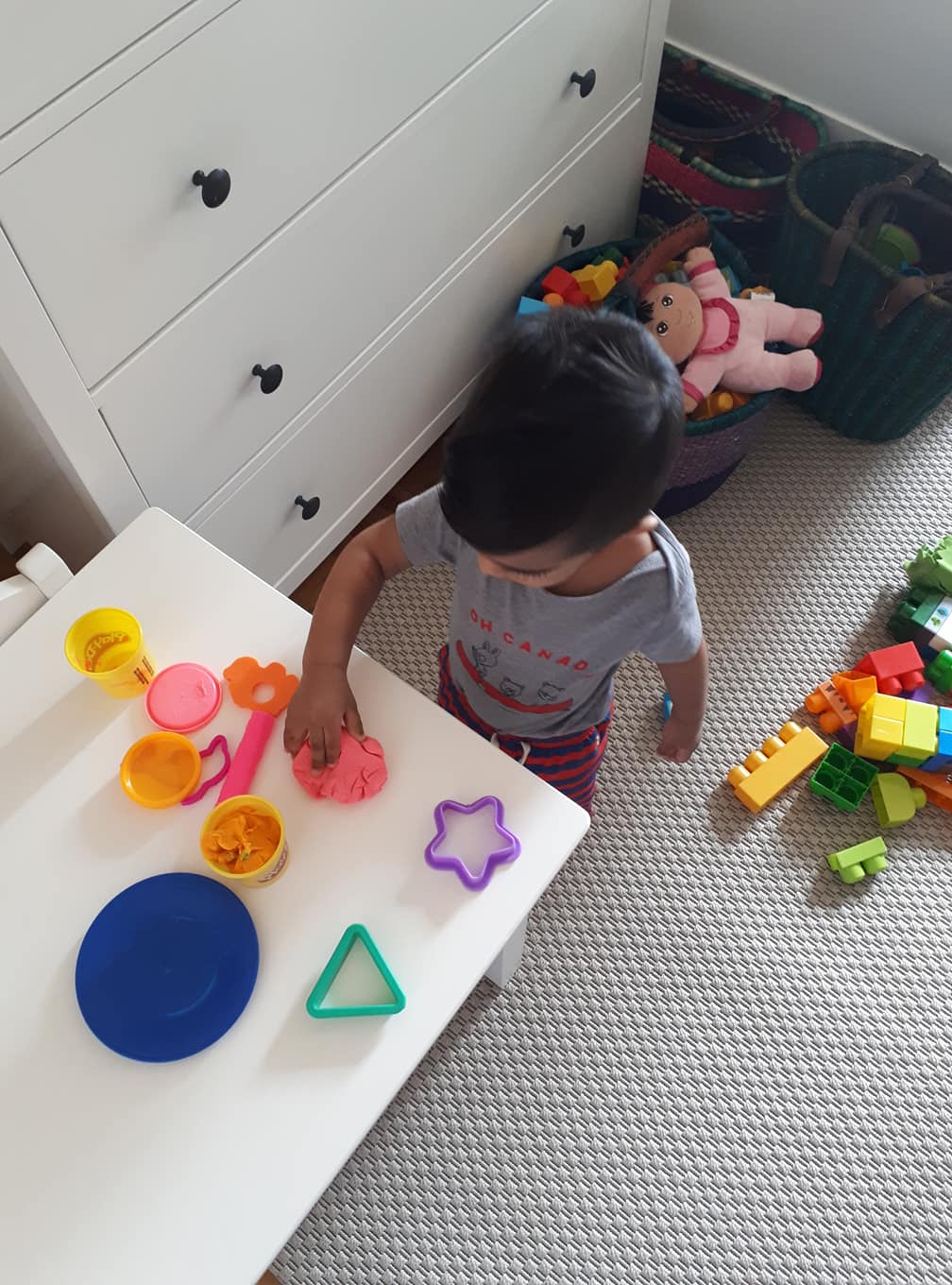
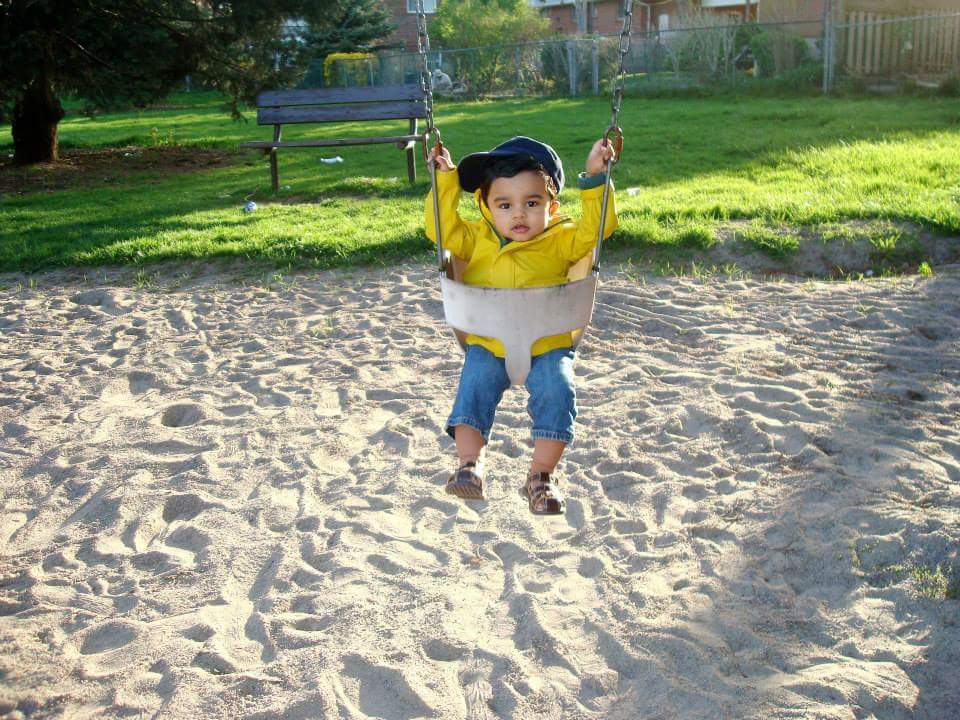
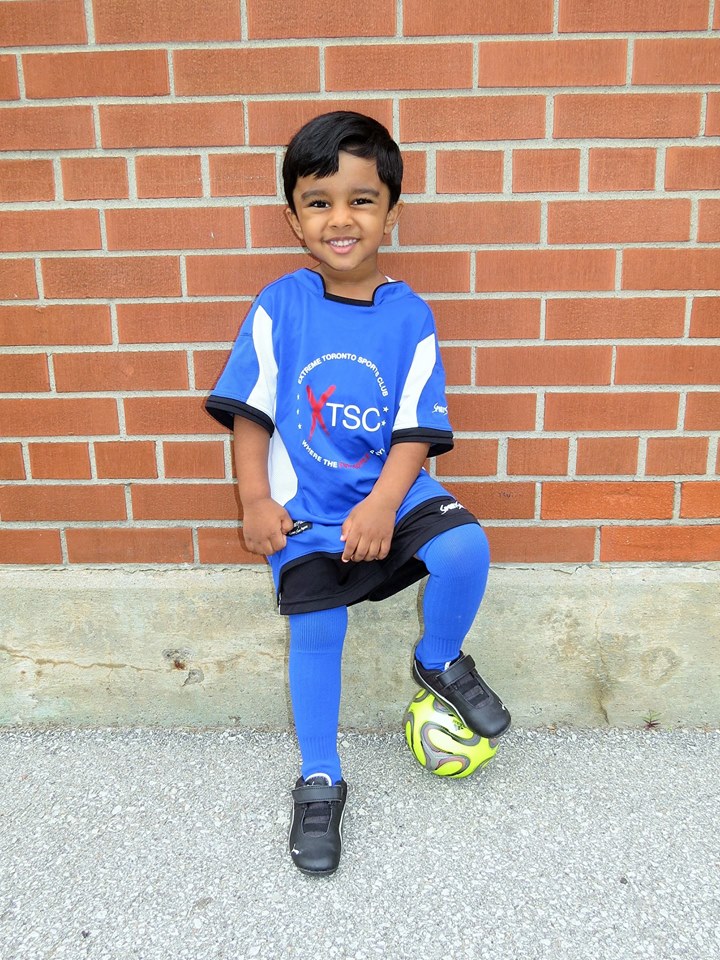
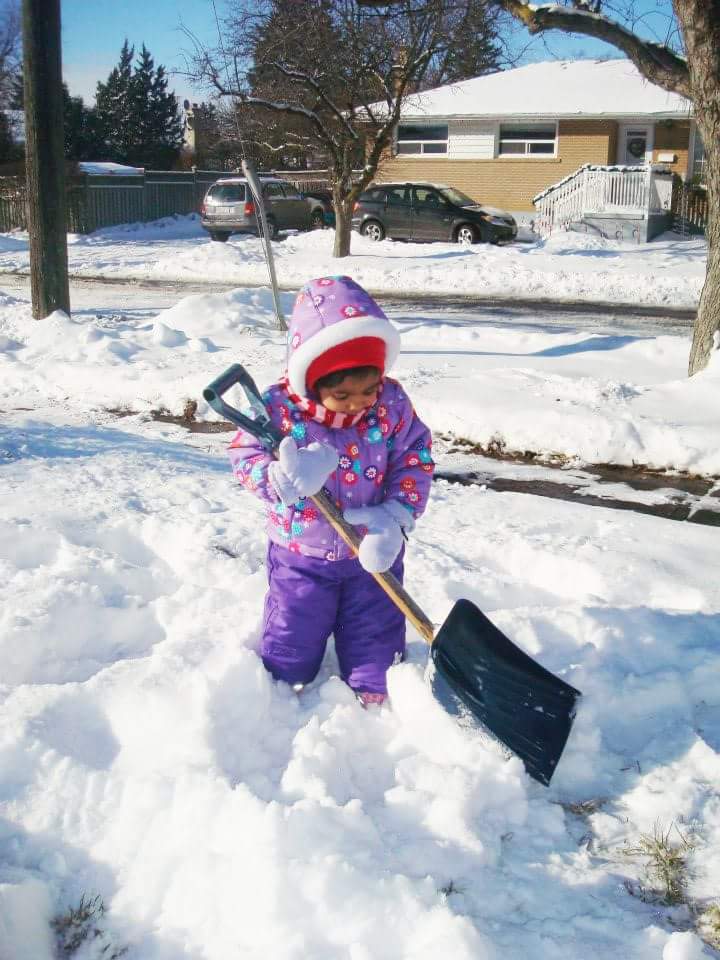
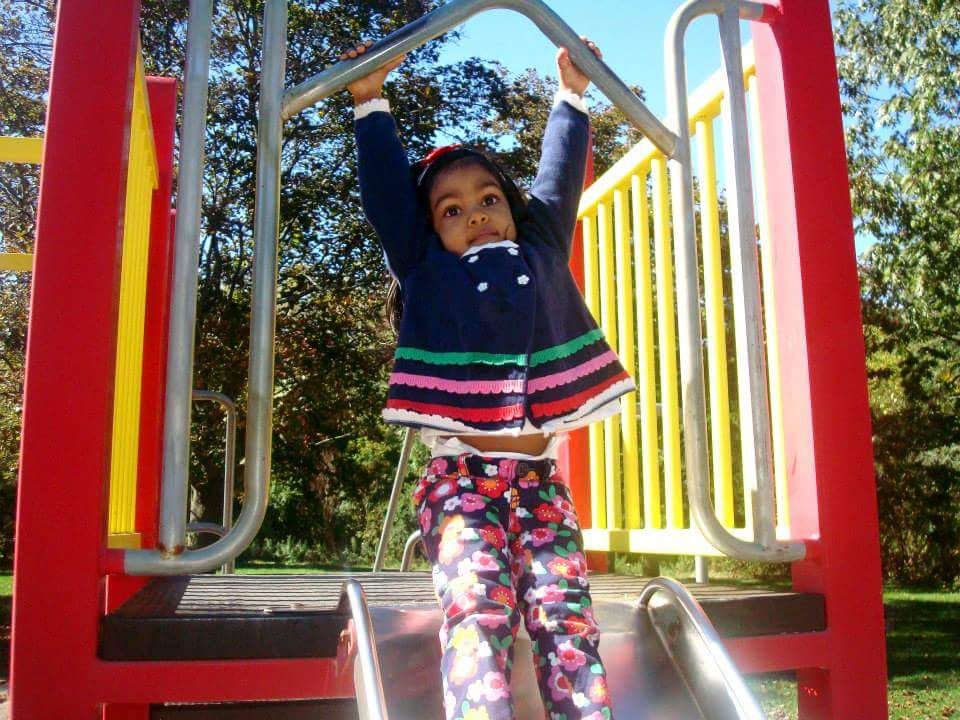
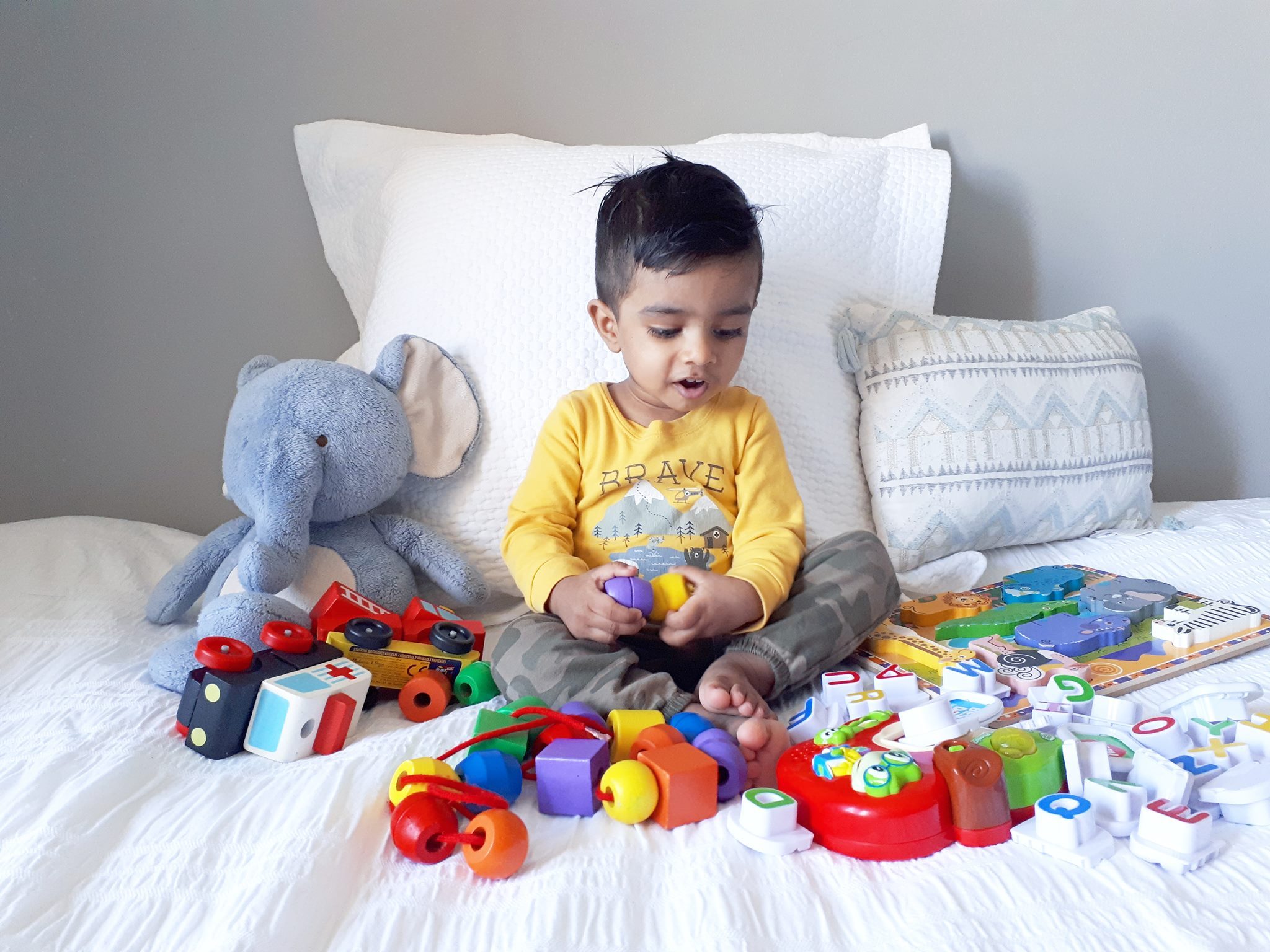
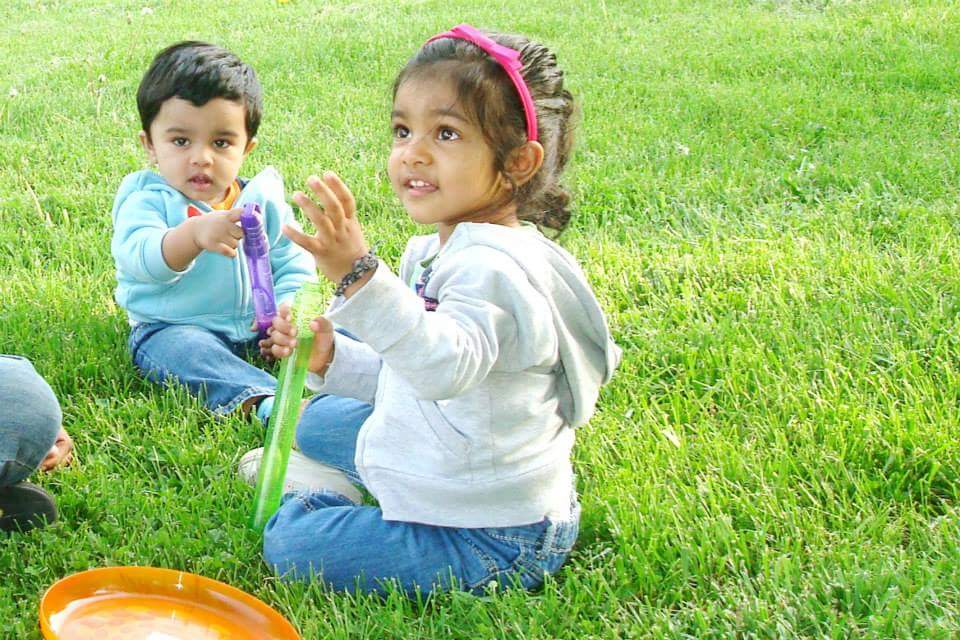
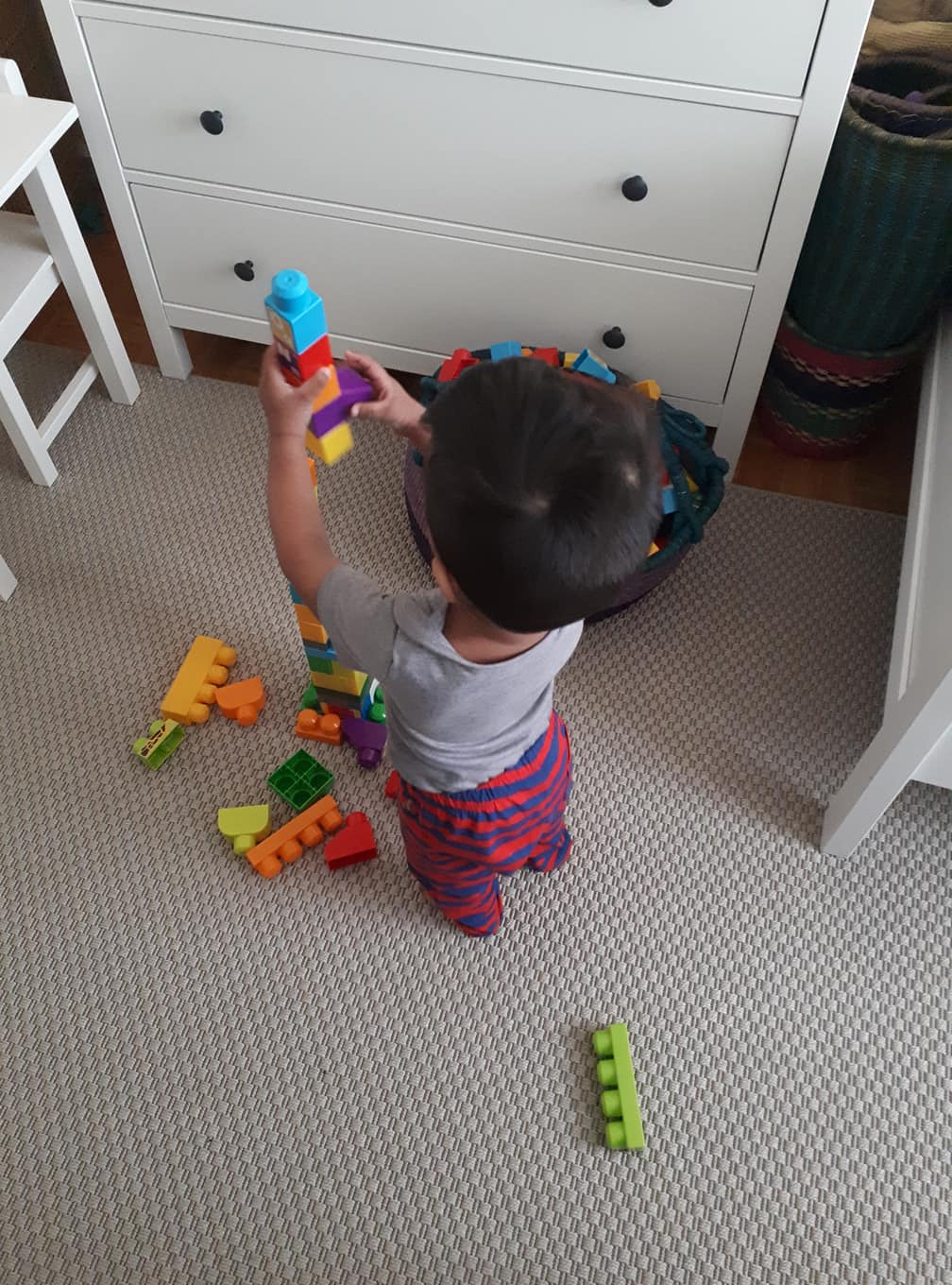
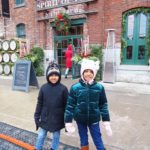


Your all Ideas are brilliant buy I personally think that Creative play and Cooperative play are the best Options and the reason is that creative play help in the growth of our children mind and Cooperative play help our children in doing teamwork. Useful Ideas. Keep It up.
Thank you 🙂
Thank you so much!